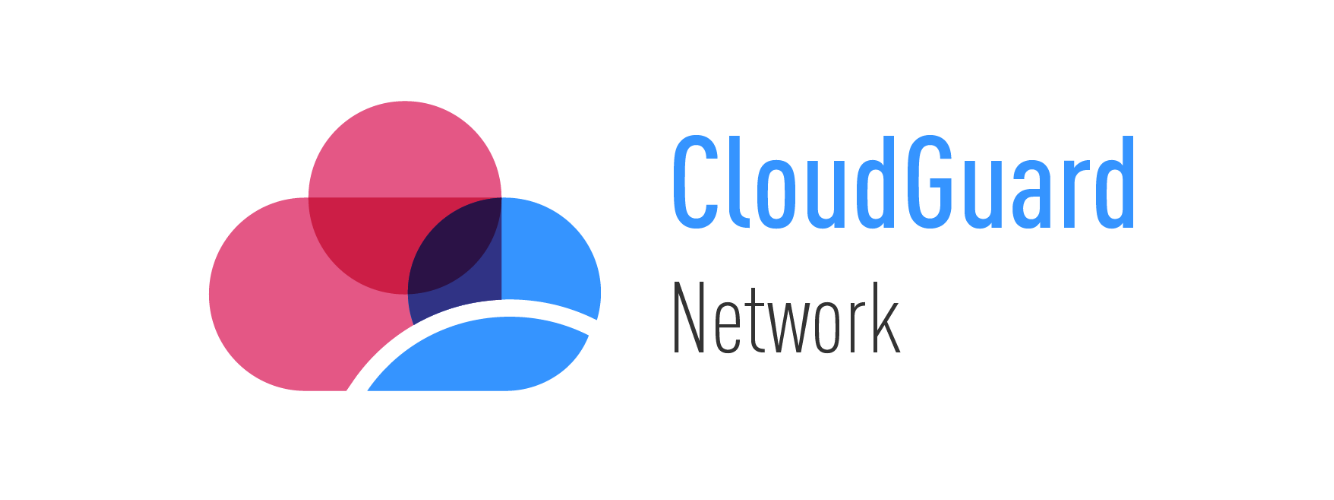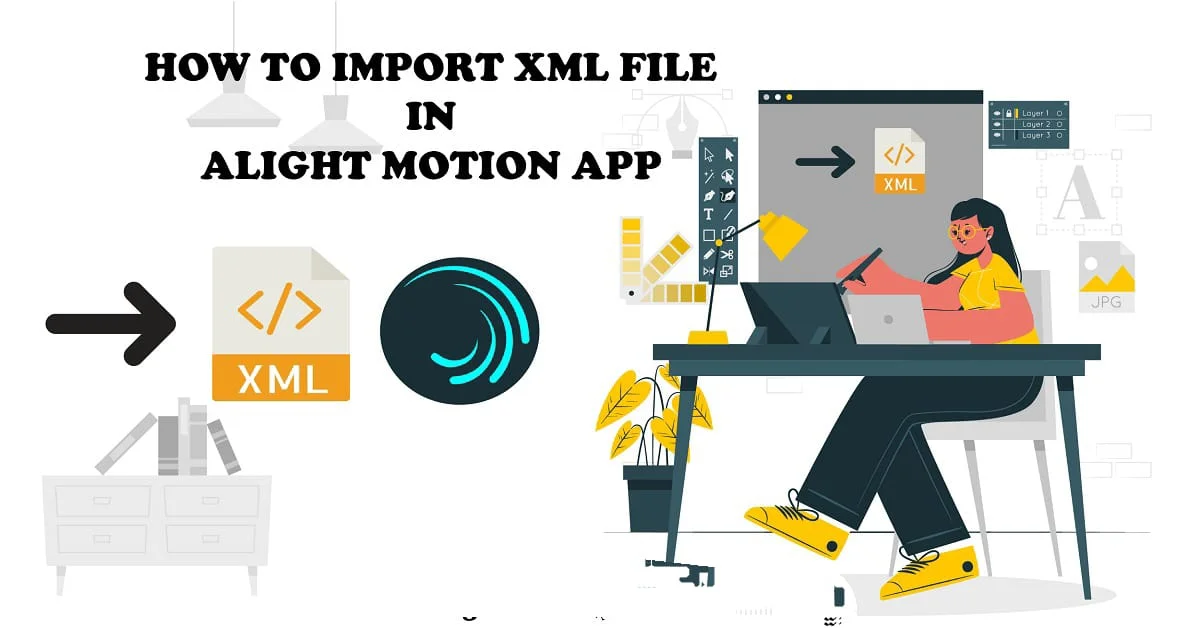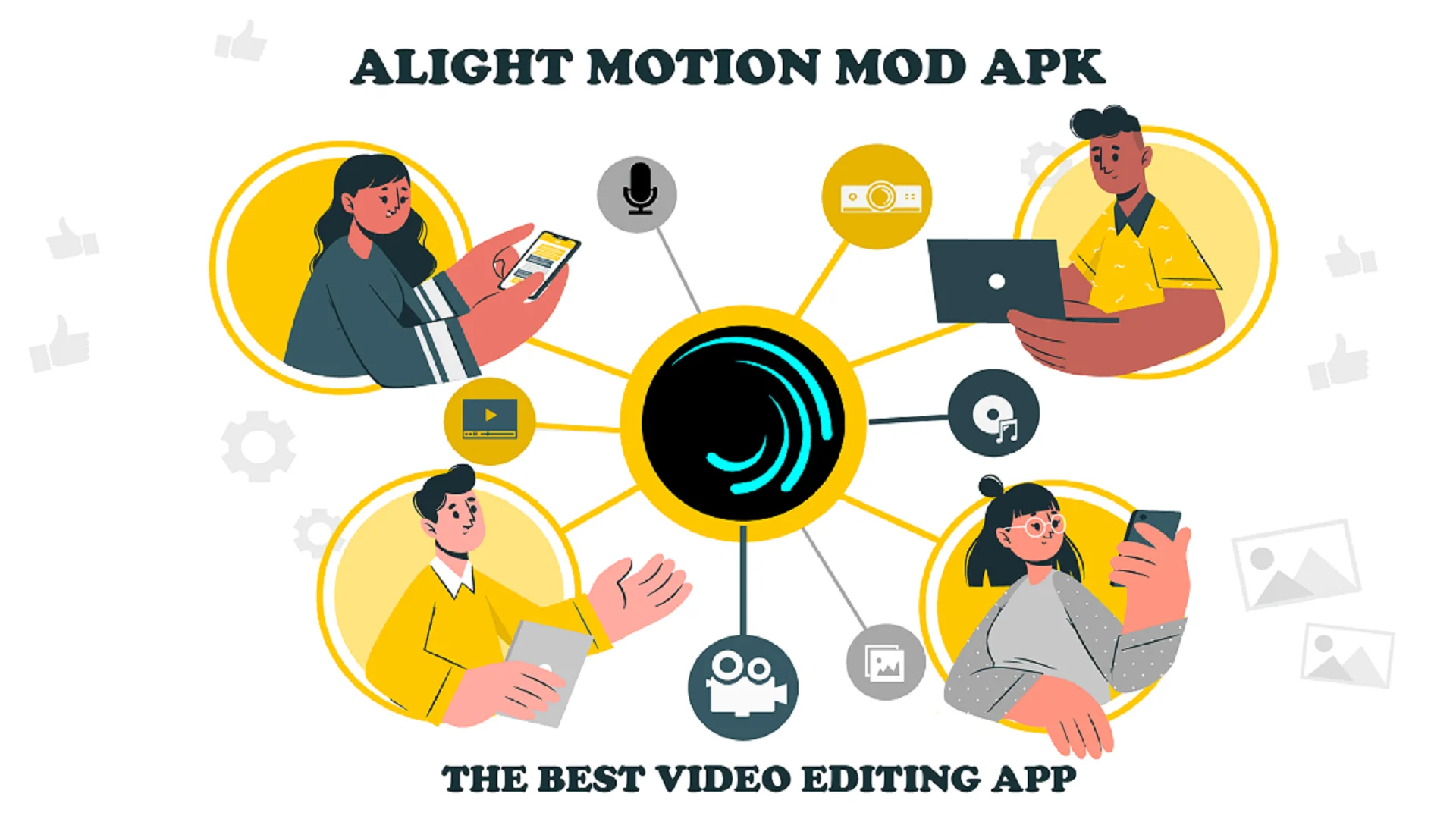Your cart is currently empty!

Check Point CloudGuard: A Comprehensive Guide to Cloud Security in 2025
As organizations increasingly migrate to the cloud, securing cloud environments has become a top priority. Check Point CloudGuard is a leading Cloud Security Posture Management (CSPM) solution designed to protect cloud infrastructures from misconfigurations, compliance violations, and cyber threats. With its robust features and seamless integration with major cloud providers like AWS, Azure, and Google Cloud, CloudGuard helps organizations maintain a strong…
As organizations increasingly migrate to the cloud, securing cloud environments has become a top priority. Check Point CloudGuard is a leading Cloud Security Posture Management (CSPM) solution designed to protect cloud infrastructures from misconfigurations, compliance violations, and cyber threats. With its robust features and seamless integration with major cloud providers like AWS, Azure, and Google Cloud, CloudGuard helps organizations maintain a strong security posture across multi-cloud environments.
In this article, we’ll explore Check Point CloudGuard in detail, including its features, benefits, and how to use it effectively. We’ll also compare CloudGuard with other leading CSPM tools and provide a pricing comparison to help you make an informed decision. Whether you’re a security professional, IT administrator, or business leader, this guide will provide you with actionable insights to leverage Check Point CloudGuard for securing your cloud environment.
Table of Contents
What is Check Point CloudGuard?
Check Point CloudGuard is a comprehensive cloud security solution that provides Cloud Security Posture Management (CSPM), workload protection, and network security for multi-cloud environments. It is part of Check Point’s broader security ecosystem, which includes firewalls, endpoint protection, and threat intelligence solutions. CloudGuard is designed to help organizations secure their cloud infrastructure, ensure compliance, and mitigate risks effectively.
Key Features of Check Point CloudGuard
- Cloud Security Posture Management (CSPM):
- Continuously monitors cloud environments for misconfigurations and compliance violations.
- Provides automated remediation guidance to fix identified issues.
- Cloud Workload Protection (CWP):
- Protects workloads, including virtual machines, containers, and serverless functions.
- Offers runtime threat detection and response.
- Cloud Network Security:
- Provides visibility into network traffic and enforces security policies.
- Detects and blocks malicious activity in real-time.
- Threat Prevention:
- Integrates with threat intelligence feeds to identify and respond to threats.
- Offers automated incident response capabilities.
- Compliance Monitoring:
- Supports regulatory frameworks like GDPR, HIPAA, PCI-DSS, and CIS benchmarks.
- Generates audit-ready compliance reports.
- Unified Visibility:
- Provides a centralized dashboard for monitoring security across multi-cloud environments.
- Simplifies management and reduces complexity.
How to Use Check Point CloudGuard
Using Check Point CloudGuard involves several steps, from initial setup to ongoing monitoring and management. Here’s a step-by-step guide to help you get started:
Step 1: Set Up CloudGuard
- Create an Account: Sign up for a CloudGuard account on the Check Point website.
- Connect Cloud Accounts: Integrate your cloud providers (AWS, Azure, Google Cloud) with CloudGuard.
- Deploy CloudGuard Agents: Install lightweight agents on your cloud workloads to enable monitoring and protection.
Step 2: Configure Policies
- Define Security Policies: Create policies to enforce security best practices, such as restricting public access to S3 buckets or ensuring encryption for sensitive data.
- Set Compliance Frameworks: Configure CloudGuard to monitor compliance with industry standards like GDPR, HIPAA, and CIS benchmarks.
Step 3: Monitor and Assess
- Continuous Monitoring: Use the CloudGuard dashboard to monitor your cloud environment in real-time.
- Risk Assessment: Review risk scores and prioritize remediation efforts based on severity.
Step 4: Remediate Issues
- Automated Remediation: Leverage CloudGuard’s automated remediation capabilities to fix misconfigurations and compliance violations.
- Manual Remediation: Follow the actionable recommendations provided by CloudGuard to address identified issues.
Step 5: Generate Reports
- Compliance Reports: Generate audit-ready reports to demonstrate compliance with regulatory requirements.
- Security Reports: Create detailed reports on security incidents, misconfigurations, and remediation efforts.
Step 6: Integrate with Other Tools
- SIEM Integration: Integrate CloudGuard with your Security Information and Event Management (SIEM) platform for centralized threat detection.
- SOAR Integration: Connect CloudGuard with Security Orchestration, Automation, and Response (SOAR) tools to automate incident response.
Comparison of Check Point CloudGuard with Other CSPM Tools
To understand the unique value of Check Point CloudGuard, let’s compare it with other leading CSPM tools:
| Feature | Check Point CloudGuard | Palo Alto Networks Prisma Cloud | Microsoft Defender for Cloud | AWS Security Hub | Lacework | Wiz |
|---|---|---|---|---|---|---|
| Multi-Cloud Support | ✅ AWS, Azure, Google Cloud | ✅ AWS, Azure, Google Cloud, and others | ❌ Primarily Azure, limited support for AWS and Google Cloud | ❌ AWS-only | ✅ AWS, Azure, Google Cloud | ✅ AWS, Azure, Google Cloud |
| Cloud Security Posture Management (CSPM) | ✅ Misconfiguration prevention, compliance monitoring | ✅ Continuous monitoring, misconfiguration detection, compliance checks | ✅ Continuous monitoring, compliance checks | ✅ Basic CSPM features for AWS | ✅ Continuous monitoring, compliance checks | ✅ Risk prioritization, compliance checks |
| Cloud Workload Protection (CWP) | ✅ Workload protection | ✅ Protects VMs, containers, and serverless functions | ✅ Workload protection for Azure VMs and containers | ❌ Limited to AWS workloads | ✅ Workload protection | ✅ Workload protection |
| Cloud Infrastructure Entitlement Management (CIEM) | ❌ Limited identity management | ✅ Manages identity and access permissions | ❌ No dedicated CIEM features | ❌ No dedicated CIEM features | ❌ No dedicated CIEM features | ✅ Identity and access management |
| Threat Detection and Response | ✅ Threat detection and response | ✅ Integrates with threat intelligence, automated incident response | ✅ Threat detection for Azure resources | ✅ Basic threat detection for AWS | ✅ Anomaly detection and threat response | ✅ Risk-based threat detection |
| Compliance Monitoring | ✅ GDPR, HIPAA, PCI-DSS | ✅ GDPR, HIPAA, PCI-DSS, CIS benchmarks | ✅ GDPR, HIPAA, PCI-DSS, CIS benchmarks | ✅ CIS AWS Foundations Benchmark | ✅ GDPR, HIPAA, PCI-DSS, CIS benchmarks | ✅ GDPR, HIPAA, PCI-DSS, CIS benchmarks |
| Unified Visibility | ✅ Centralized dashboard | ✅ Centralized dashboard for multi-cloud environments | ✅ Centralized dashboard for Azure | ✅ Centralized dashboard for AWS | ✅ Centralized dashboard | ✅ Centralized dashboard |
| Automated Remediation | ✅ Automated remediation | ✅ Provides actionable recommendations and automated fixes | ✅ Limited automated remediation | ❌ Manual remediation only | ✅ Automated remediation | ✅ Automated remediation |
| Integration with SIEM/SOAR | ✅ Integrates with SIEM and SOAR platforms | ✅ Integrates with SIEM and SOAR platforms | ✅ Integrates with Azure Sentinel (SIEM) | ✅ Integrates with AWS-native tools | ✅ Integrates with SIEM and SOAR platforms | ✅ Integrates with SIEM and SOAR platforms |
| Ease of Use | ✅ User-friendly interface | ✅ User-friendly interface, intuitive workflows | ✅ User-friendly for Azure users | ✅ User-friendly for AWS users | ✅ User-friendly interface | ✅ User-friendly interface |
| Pricing | $$ Competitive pricing | $$$ Premium pricing | $$ Starting at $15/server/month (Azure Defender) | StartingatStartingat0.0015 per event (AWS Security Hub) | $$$ Premium pricing | $$$ Premium pricing |
Pricing Comparison of Check Point CloudGuard with Other CSPM Tools
Pricing is a critical factor when choosing a CSPM tool. Below is a detailed pricing comparison of Check Point CloudGuard with other leading CSPM tools.
| CSPM Tool | Pricing Model | Starting Price | Key Pricing Factors |
|---|---|---|---|
| Check Point CloudGuard | Subscription-based pricing (annual or multi-year contracts) | $$ Competitive pricing (Contact sales for exact pricing) | – Number of cloud accounts – Volume of resources monitored – Add-on features |
| Palo Alto Networks Prisma Cloud | Subscription-based pricing (annual or multi-year contracts) | $$$ Premium pricing (Contact sales for exact pricing) | – Number of cloud accounts – Volume of resources monitored – Advanced features |
| Microsoft Defender for Cloud | Tiered pricing (included with Azure Defender, additional costs for advanced features) | $$ Starting at $15/server/month (Azure Defender) | – Number of servers or workloads – Azure resource usage – Advanced features |
| AWS Security Hub | Pay-as-you-go pricing (included with AWS Security Hub, additional costs for integrations) | StartingatStartingat0.0015 per event (AWS Security Hub) | – Number of security findings – AWS resource usage – Integrations with other AWS services |
| Lacework | Subscription-based pricing (annual or multi-year contracts) | $$$ Premium pricing (Contact sales for exact pricing) | – Number of cloud accounts – Volume of resources monitored – Advanced features |
| Wiz | Subscription-based pricing (annual or multi-year contracts) | $$$ Premium pricing (Contact sales for exact pricing) | – Number of cloud accounts – Volume of resources monitored – Advanced features |
Check Point CloudGuard is a powerful Cloud Security Posture Management (CSPM) tool designed to secure multi-cloud environments. Whether you’re using AWS, Azure, Google Cloud, or a combination of providers, CloudGuard provides the tools and features needed to monitor, assess, and improve your cloud security posture. Below is a detailed, step-by-step guide on how to use Check Point CloudGuard effectively.
How to Use Check Point CloudGuard: A Step-by-Step Guide
Step 1: Set Up Check Point CloudGuard
1. Create an Account
- Visit the Check Point CloudGuard website and sign up for an account.
- Choose a subscription plan that aligns with your organization’s needs (e.g., CSPM, workload protection, or full suite).
2. Connect Cloud Accounts
- Log in to the CloudGuard dashboard.
- Navigate to the Cloud Accounts section and connect your cloud providers (AWS, Azure, Google Cloud).
- Follow the on-screen instructions to grant CloudGuard the necessary permissions to access your cloud environment.
3. Deploy CloudGuard Agents
- Install lightweight CloudGuard agents on your cloud workloads (e.g., virtual machines, containers, serverless functions).
- These agents enable real-time monitoring and protection of your cloud resources.
Step 2: Configure Security Policies
1. Define Security Policies
- Navigate to the Policies section in the CloudGuard dashboard.
- Create policies to enforce security best practices, such as:
- Restricting public access to S3 buckets.
- Ensuring encryption for sensitive data.
- Enforcing least privilege for IAM roles.
2. Set Compliance Frameworks
- Go to the Compliance section and configure CloudGuard to monitor compliance with industry standards like:
- GDPR (General Data Protection Regulation).
- HIPAA (Health Insurance Portability and Accountability Act).
- PCI-DSS (Payment Card Industry Data Security Standard).
- CIS Benchmarks (Center for Internet Security).
Step 3: Monitor and Assess Your Cloud Environment
1. Continuous Monitoring
- Use the CloudGuard dashboard to monitor your cloud environment in real-time.
- The dashboard provides a centralized view of all cloud assets, including:
- Virtual machines.
- Storage buckets.
- Databases.
- Network configurations.
2. Risk Assessment
- Review the risk scores assigned to each cloud resource.
- Prioritize remediation efforts based on the severity of identified risks.
Step 4: Remediate Issues
1. Automated Remediation
- CloudGuard provides automated remediation guidance for common issues, such as:
- Misconfigured S3 buckets.
- Overly permissive IAM roles.
- Unencrypted data storage.
- Enable automated remediation to fix issues without manual intervention.
2. Manual Remediation
- For issues that require manual intervention, follow the actionable recommendations provided by CloudGuard.
- Use the step-by-step instructions to address misconfigurations and compliance violations.
Step 5: Generate Reports
1. Compliance Reports
- Navigate to the Reports section and generate audit-ready compliance reports.
- These reports demonstrate adherence to regulatory frameworks like GDPR, HIPAA, and PCI-DSS.
2. Security Reports
- Create detailed reports on:
- Security incidents.
- Misconfigurations.
- Remediation efforts.
- Use these reports to share insights with stakeholders and improve your cloud security strategy.
Step 6: Integrate with Other Tools
1. SIEM Integration
- Integrate CloudGuard with your Security Information and Event Management (SIEM) platform for centralized threat detection.
- This integration enables you to correlate CloudGuard findings with other security events in your environment.
2. SOAR Integration
- Connect CloudGuard with Security Orchestration, Automation, and Response (SOAR) tools to automate incident response.
- This integration streamlines the process of identifying and mitigating threats in real-time.
Best Practices for Using Check Point CloudGuard
To maximize the effectiveness of Check Point CloudGuard, follow these best practices:
- Regularly Review Policies:
- Periodically review and update your security policies to address emerging threats and changes in your cloud environment.
- Enable Continuous Monitoring:
- Ensure that CloudGuard is continuously monitoring your cloud environment to detect and respond to risks in real-time.
- Leverage Automation:
- Use CloudGuard’s automated remediation capabilities to reduce manual effort and improve efficiency.
- Train Your Team:
- Provide training to your security team on how to use CloudGuard effectively.
- Ensure they understand the tool’s features, workflows, and best practices.
- Collaborate with Cloud Providers:
- Work closely with your cloud providers (e.g., AWS, Azure, Google Cloud) to stay informed about new security features and updates.
Benefits of Using Check Point CloudGuard
The benefits of using Check Point CloudGuard extend beyond just security. Here are some of the key advantages:
- Comprehensive Multi-Cloud Support: CloudGuard supports AWS, Azure, and Google Cloud, making it ideal for multi-cloud environments.
- Unified Visibility: Provides a centralized dashboard for monitoring security across all cloud assets.
- Automated Remediation: Reduces manual effort by automating the remediation of misconfigurations and compliance violations.
- Regulatory Compliance: Simplifies adherence to industry standards like GDPR, HIPAA, and PCI-DSS.
- Threat Detection: Integrates with threat intelligence to identify and respond to risks in real-time.
- Cost Optimization: Identifies unused resources to help organizations optimize cloud spending.
The Future of Check Point CloudGuard
As cloud adoption continues to grow, Check Point CloudGuard is well-positioned to remain a leader in the CSPM market. Future developments may include:
- Enhanced AI and Machine Learning: Improving threat detection and risk prioritization.
- Support for Emerging Technologies: Adapting to serverless computing, containers, and edge computing.
- Greater Automation: Streamlining compliance and remediation processes.
- Expanded Integration: Working alongside SIEM, SOAR, and other security tools for a holistic approach.
Conclusion
Check Point CloudGuard is a powerful CSPM tool that offers comprehensive security for multi-cloud environments. With its advanced features, including CSPM, CWP, and network security, CloudGuard helps organizations proactively manage their cloud security posture and mitigate risks effectively. Whether you’re using AWS, Azure, Google Cloud, or a combination of providers, CloudGuard provides the visibility, automation, and compliance monitoring needed to secure your cloud infrastructure.
By comparing CloudGuard with other CSPM tools, it’s clear that its multi-cloud support, unified visibility, and competitive pricing set it apart from the competition. As cloud adoption accelerates, Check Point CloudGuard will continue to play a critical role in helping organizations navigate the complexities of cloud security.


